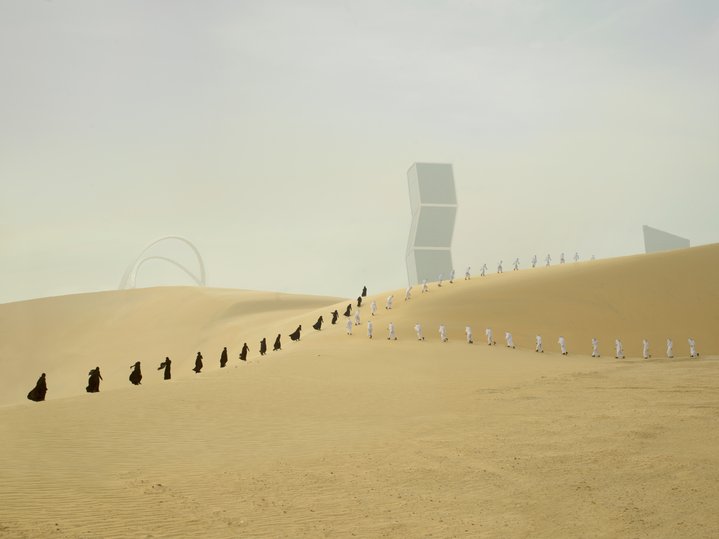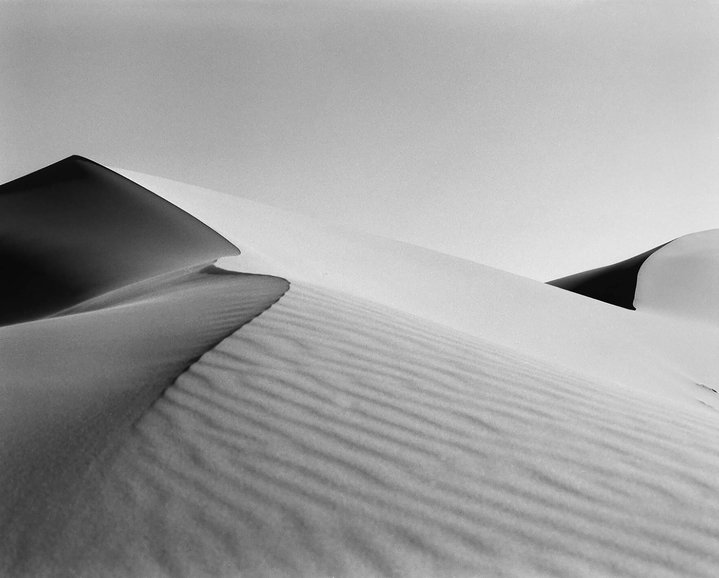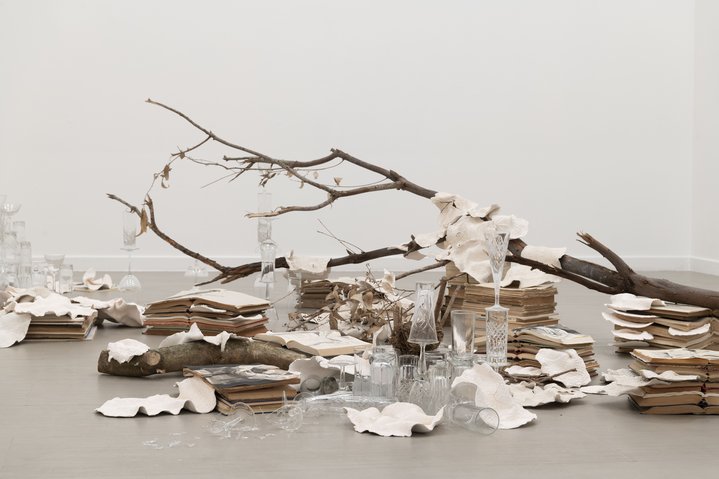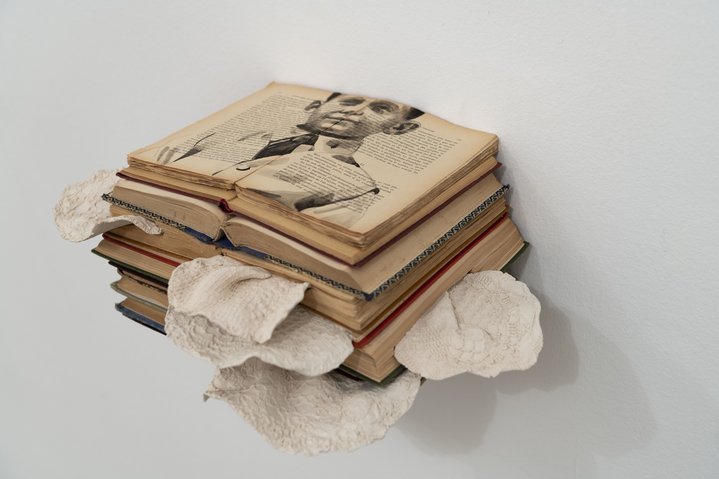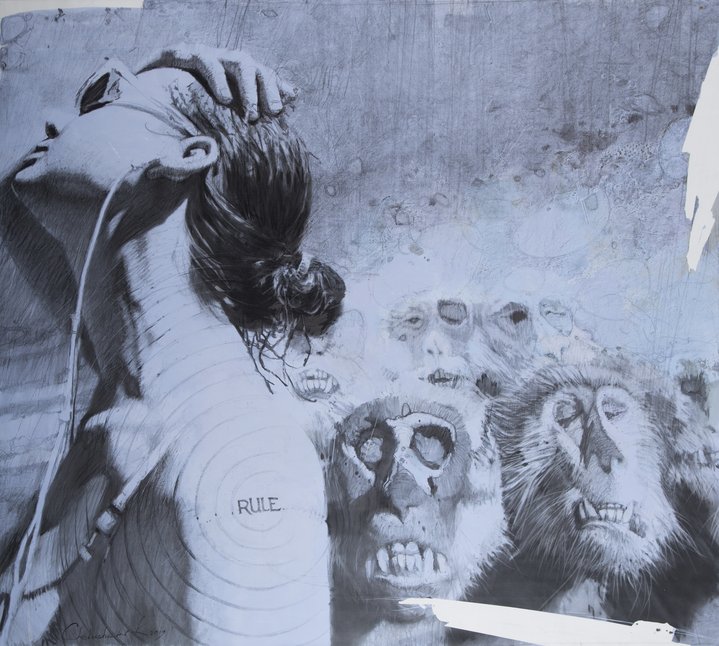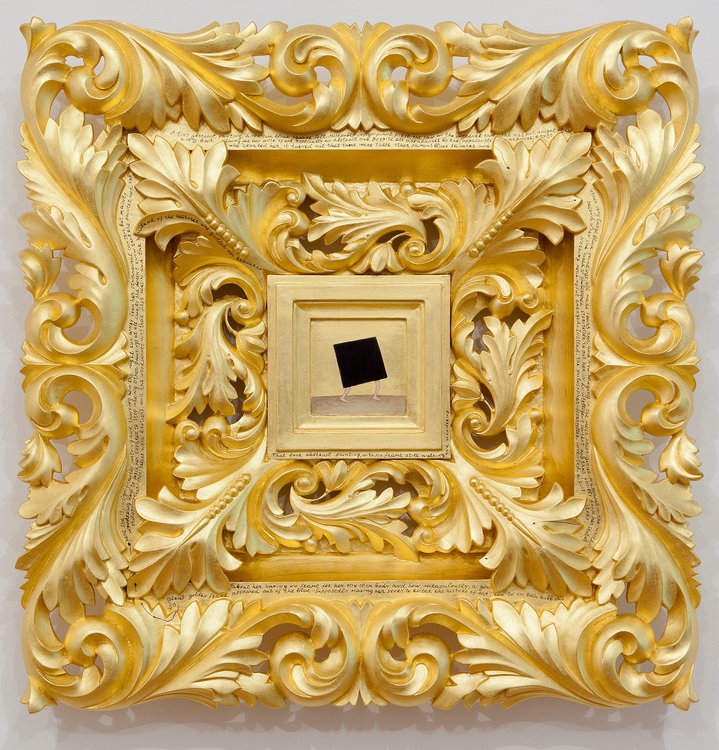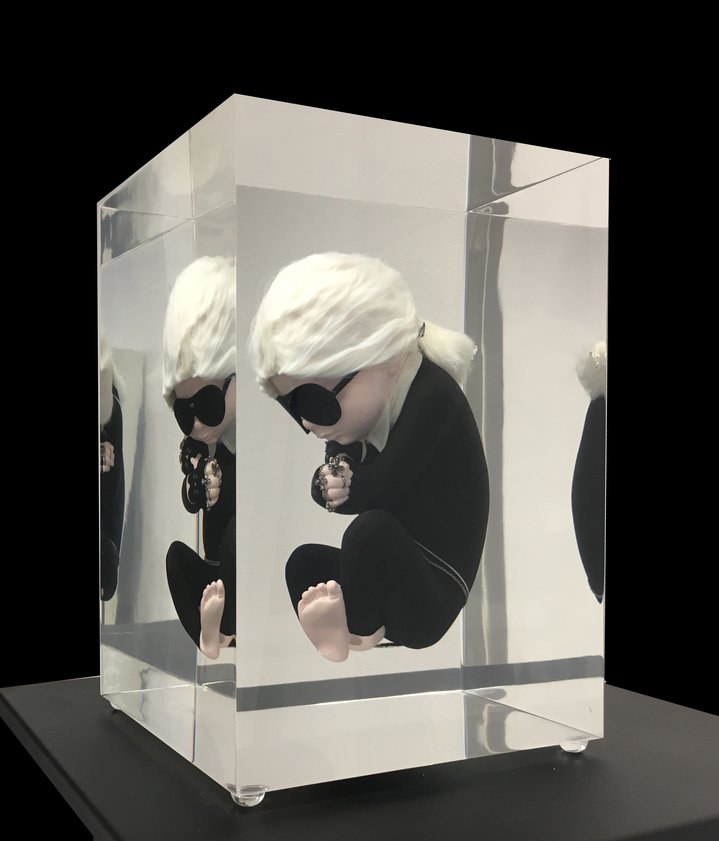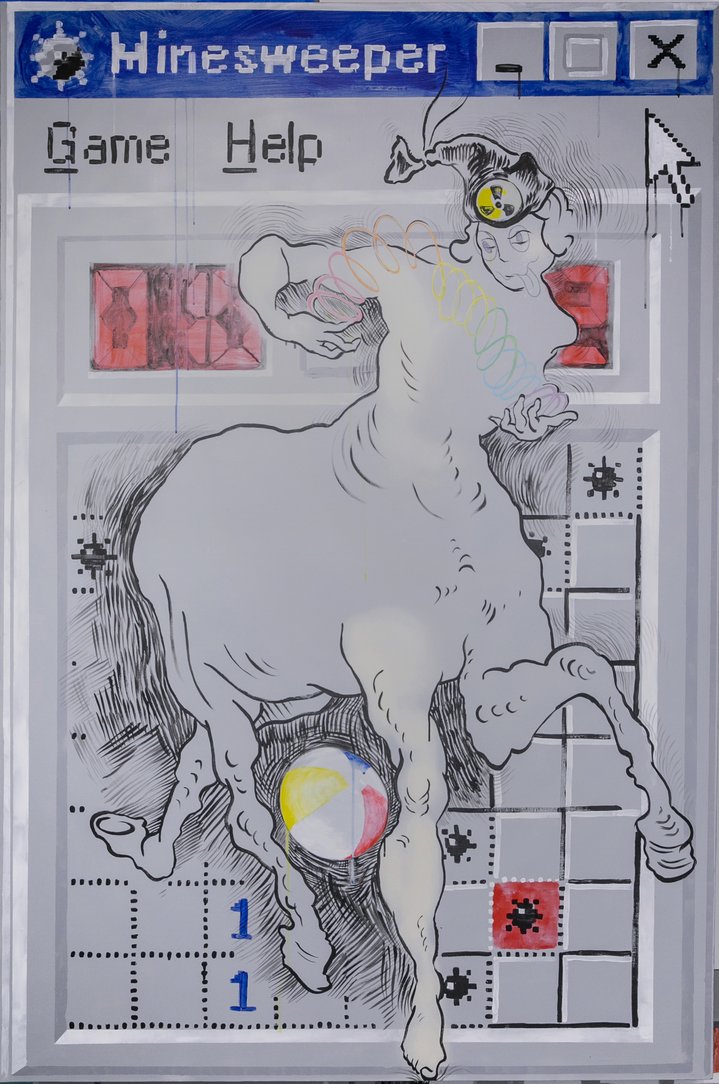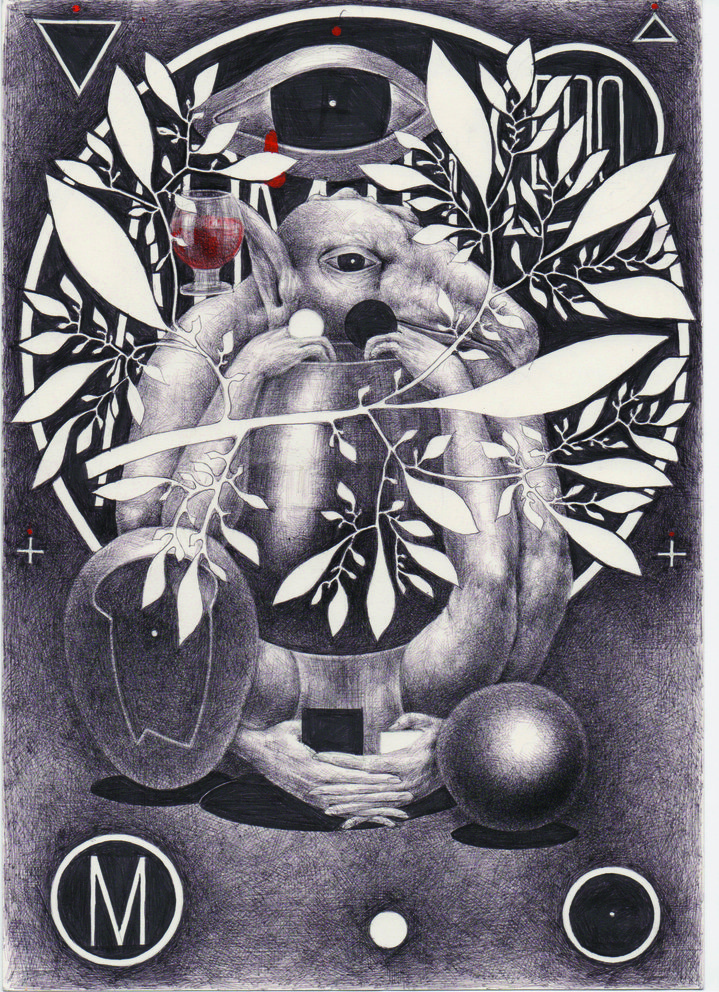Cosmoscow: Russia's missing artistic links

Daniel Zakh From the "Inflow" series, 2019. Mixed media, composite materials. Courtesy Askeri Gallery
Cosmoscow, an annual show that tries to persuade some of the world’s most lavish art buyers to invest in the works of their country’s own contemporary artists.
The international contemporary art market is too dominated by patriotism. This is a great irony as most artists are trying to break down borders, bring us together with new ideas and feelings. However, the problem with the Russian art market is that it is not nationalistic enough. Russian collectors are buying expensive art from around the world. What they so far fail to do, however, is buying enough of their own living artists so as to push them onto the world stage. The Cosmoscow art fair in the Russian capital tries to challenge this every September. This year’s Cosmoscow is particularly strong in reminding Russians that many artists from neighbouring countries, including those of the former Soviet bloc, have advanced their careers much further than their Russian contemporaries.
The seventh Cosmoscow Fair is taking place at Moscow’s Gostiny Dvor on 6–8 September, with a preview on September 5. Some of the great Moscow Conceptualists will be on view. Moscow’s JART gallery will show silkscreen prints by Viktor Pivovarov, Ilya Kabakov and others at its booth at the Editions section of the fair. Multiples are, of course, a cheaper way to collect and Moscow's online gallery Shaltai Editions will show works by Andrei Monastyrsky (b. 1949) and Taus Makhacheva (b. 1983). Makhacheva is one of the younger Russian artists currently making an international career. Pavel Pepperstein (b. 1966), Nikita Alexeev (b. 1981), Oleg Kulik (b. 1961), Olga Chernysheva (b. 1962) and the internationally known Kabakovs will also be on display at Cosmoscow.
This year’s fair will be more international, mainly because Cosmoscow’s founder Margarita Pushkina has recruited New Zealander Simon Rees as the show’s artistic director. He has been museum director and has held important museum positions in Lithuania, Austria and New Zealand. Rees has helped bring a new subtle edge to the event. One gallery that he has enticed to Moscow is Vienna’s Georg Kargl Fine Arts, which will be showing Nedko Solakov (b. 1957). Solakov is the epitome of how artists from countries like Bulgaria, which is where he is from, have forged a career, leaving many of their Russian contemporaries behind.
When Bulgaria shook off its communist yoke, Solakov immediately made a controversial work, "Top Secret, 1989-90." Inside a filing cabinet, reminiscent of the Bulgarian Secret Police’s own files, are cards reporting Solakov’s career as a boy-wonder informer. Not only is Solakov-the-schoolboy’s integrity called into question, but so is his as a man and as an artist. It was a brave work in a time of blood-letting and high tension, and this is where artists like Solakov have done so well. Brought up in times when self-expression was not an option, and having to fight every battle to create his own world, he is well equipped to compete in the international art market.
If Solakov is an example of the grit of Eastern and Central European artists, Estonia’s Kris Lemsalu (b. 1985), who is being brought to the fair by Tallinn’s Temnikova and Kasela gallery, demonstrates how artists are being properly supported by their state and community. Lemsalu represented Estonia at this year’s Venice Biennale and she is one of several Estonian artists on the international scene. If a nation with a population of one million can support its artists, so can the largest country in the world.






